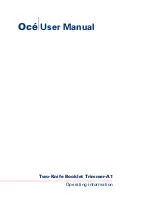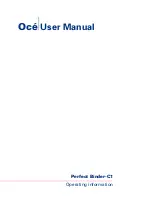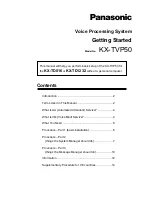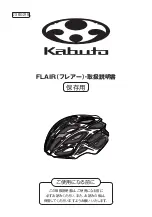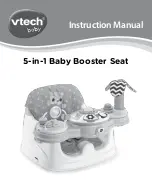
7
GENERAL CARE AND USE
A. Precautions
Failure to obey the following notices
could damage product or property:
●
Do
NOT
use insecticides or other sprays near aw-
ning fabric. These could cause stains, and could
adversely affect fabric’s ability to repel water.
●
Do
NOT
expose awning to adverse environmental
conditions, corrosive agents, or other harmful
conditions.
●
Do
NOT
allow corner of entry door to contact aw-
ning fabric. Otherwise, premature wear or tearing
of awning fabric could occur.
●
NEVER
close awning (for storage) when wet. The
combination of moisture and dirt could result in
mildew, discoloration, and stains.
If it is necessary to roll up awning (tem-
porarily) while it’s wet, make sure you roll
it out and let it dry (as soon as conditions
allow) before rolling it up again.
●
Do
NOT
allow dirt, leaves, or other debris to ac-
cumulate on awning, which could cause abrasion
and stains. Mildew could grow on dirt and organic
debris causing permanent discoloration, stains,
and odors to awning fabric.
B. Hardware Maintenance
1.
Do
NOT
use strong chemicals or
abrasives to clean parts, as their protective sur-
faces will be damaged.
Clean awning hardware (as needed) with a mild
surface cleaner (such as dish soap).
2.
Do
NOT
use silicone sprays near
labels. Otherwise, the label’s adhesive bond to
product surfaces could weaken.
Apply silicone spray lubricant as needed to keep
the fabric roller tube assembly’s moving parts
operating smoothly.
3. Lubricate all sliding surfaces of arm assemblies
with silicone spray as needed.
C. Fabric Maintenance
Vinyl fabric offers the advantage of durability and
water resistance.
Wrinkling is a normal characteristic of vinyl.
Wrinkling may be more noticeable when re-
tracted, and after prolonged periods of stow-
age (rolled up). Leave awning open during
warm weather to minimize the wrinkling over
a period of time.
1. To clean:
a.
Mix 1/4 cup dish soap and 1/4 cup bleach to
5 gallons of fresh water to use as cleaning
solution.
b.
Do
NOT
use abrasive or cor-
rosive cleaners, mildew removers, or hard
bristle brushes on awning fabric.
Liberally drench open awning fabric with
cleaning solution.
c. Close awning, let it soak for 5 minutes, then
open awning again.
d.
Remove solution
COM-
PLETELY
from awning fabric. Bleach will
degrade awning fabric if
NOT
completely
rinsed off.
Thoroughly hose off top and bottom of fabric
with clean water.
Repeat as necessary to completely re-
move solution.
e.
NEVER
close awning (for
storage) when wet. The combination of
moisture and dirt could result in mildew, dis-
coloration, and stains.
Allow awning to dry thoroughly before stow-
ing (rolling up).
2.
To repair a pinhole, or if a spot of coating flakes
off from top layer of vinyl fabric:
a.
Apply a very small dab of VLP (Vinyl Liquid
Patch) on tip of cotton swab.
VLP is available from Dometic Cor-
poration. Reference part number
3314216.000 when ordering.
b. Gently roll cotton swab around pinhole. The
VLP will melt the coating (on fabric) and that
will quickly fill in pinhole and blend with all
colored vinyls.
c.
NEVER
close (roll up) awning
when vinyl liquid patch is wet. Otherwise,
damage to other parts of awning fabric (melt-
ing through layers) will occur.
Allow VLP to dry thoroughly before stowing
(rolling up) awning.
D. When To Get More Help
If malfunctions occur (that cannot be corrected by
reviewing these instructions), contact a qualified
service technician.









